Archaeology & History
Rare Artifacts From Nottingham’s Underground Caves Go on View in the U.K.
It's the first time these discoveries are being displayed in one place, at one time.
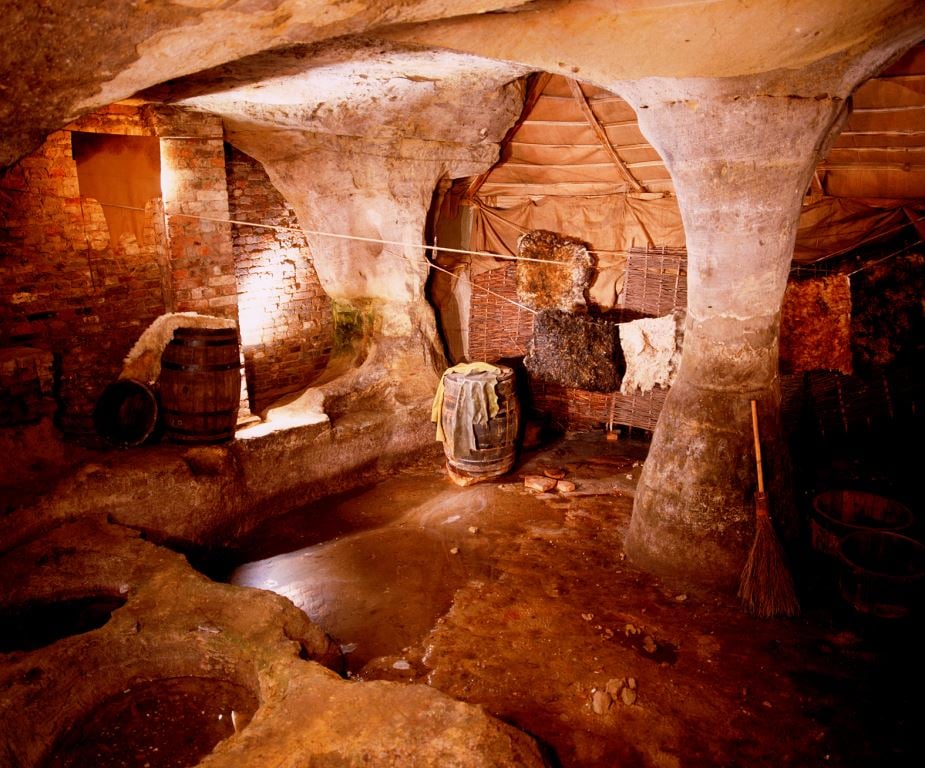
On its surface, Nottingham, the East Midlands city in the U.K., may look every bit the bustling metropolis. But underground, the city made famous by the tale of Robin Hood is also home to hundreds of manmade caves rich in history.
For the first time, the University of Nottingham Museum is exhibiting rare artifacts found within the city’s caves at “Fascinating Finds from Nottingham’s Caves,” marking the first time that these objects have been displayed in one place, at the same time. Many of the items are loans from other museums across the city, and some were even excavated by volunteers from the Nottingham Historical and Archaeological Society.
Nottingham boasts the U.K.’s largest network of underground caves, the earliest of which dates back to the medieval age. Carved out of sandstone rock, these caverns have been employed for various purposes. Historic pubs used them as beer cellars (many drinking establishments today still do), while craftspeople occupied them as workshops. Some of the more elaborate caves were dug out by the wealthy elite in the city over the centuries as drinking dens. During World War II, many served as air raid shelters.
The artifacts on display have been collected over time, ranging from clay pipes and storage jars to exotic imports like 17th-century Venetian goblets.
The latter are of particular interest. They were found in a rock-cut well next to the Shire Hall, once the site of the tavern Cavern Inn. On loan from the National Justice Museum, the decorative vessels will be on view for the first time, alongside other glassware and slipware plates found in the underground caves.
Other objects illustrate the activities that took place in these caves, including tanning and manufacturing, as well as beer brewing. In particular, the show features a rare medieval ceramic “alembic” or distilling apparatus that has survived.
“Together these objects tell the story of the city and connect us to the multitude of people who once lived and labored in and around the city’s underground spaces,” said Chris King, an associate professor of archaeology at the university.
The free exhibition is on view through on July 7.
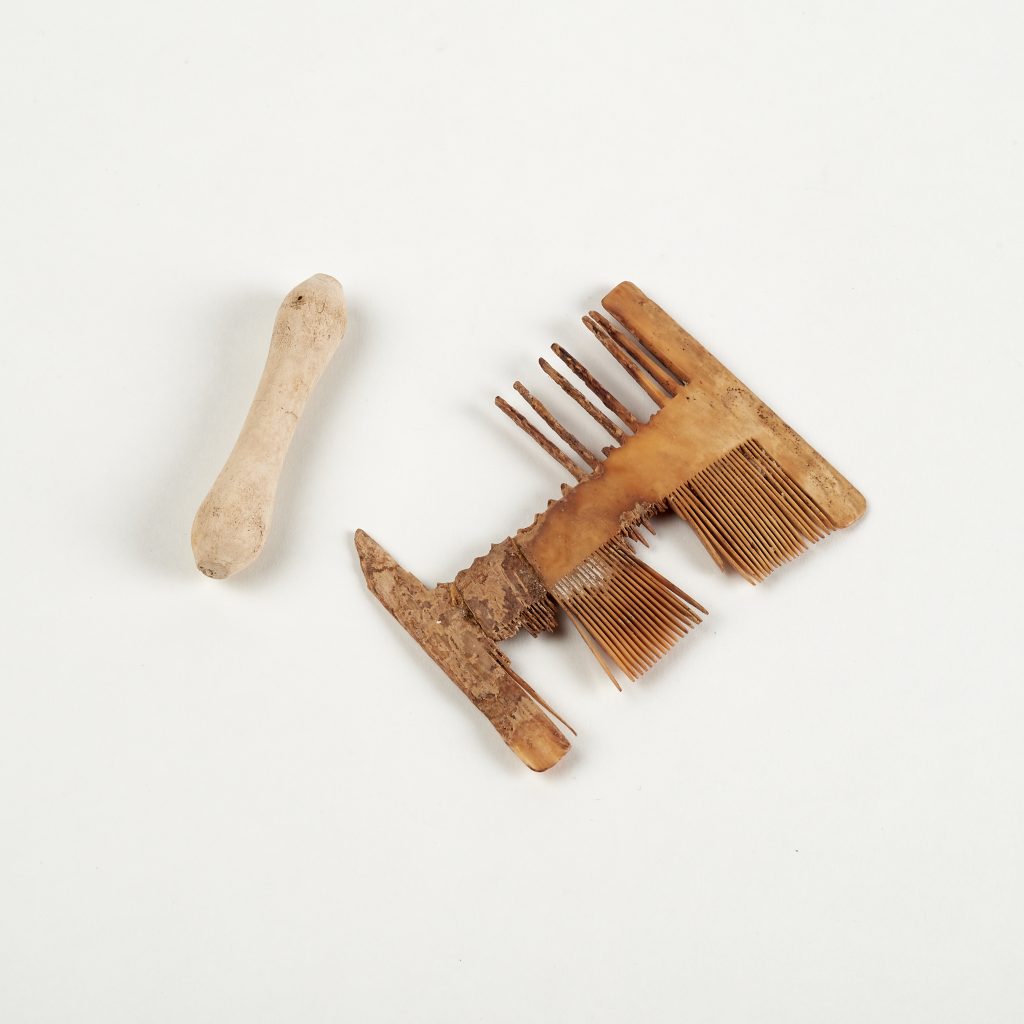
Bone comb and wig curler. Photo courtesy of University of Nottingham Museum
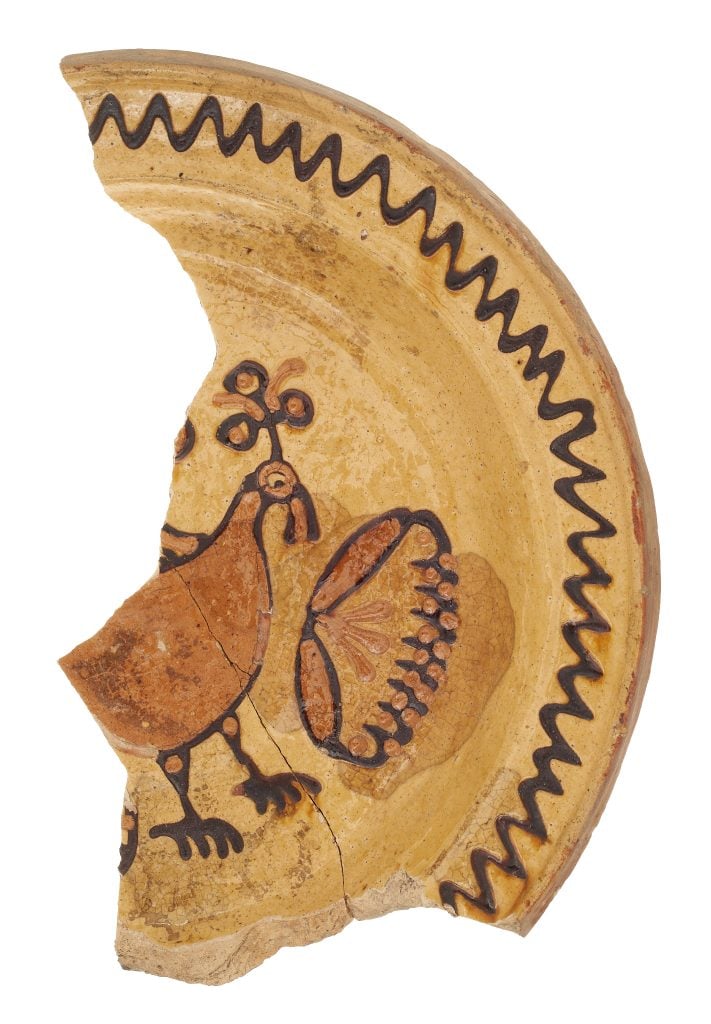
Slipware plate with a peacock design. Photo courtesy of the University of Nottingham Museum
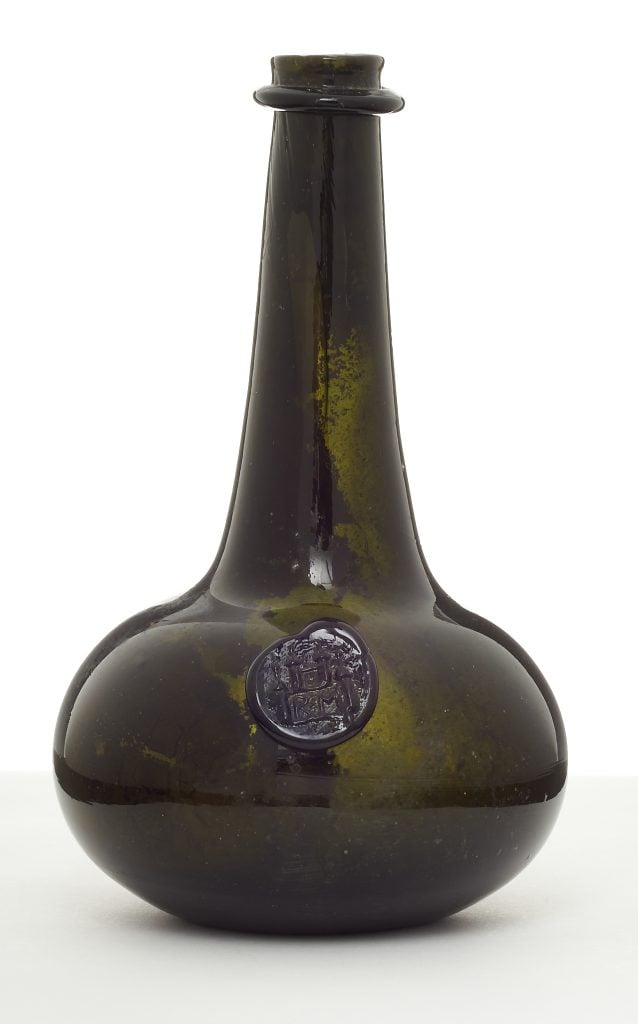
A 17th century wine bottle. Photo courtesy of the National Justice Museum
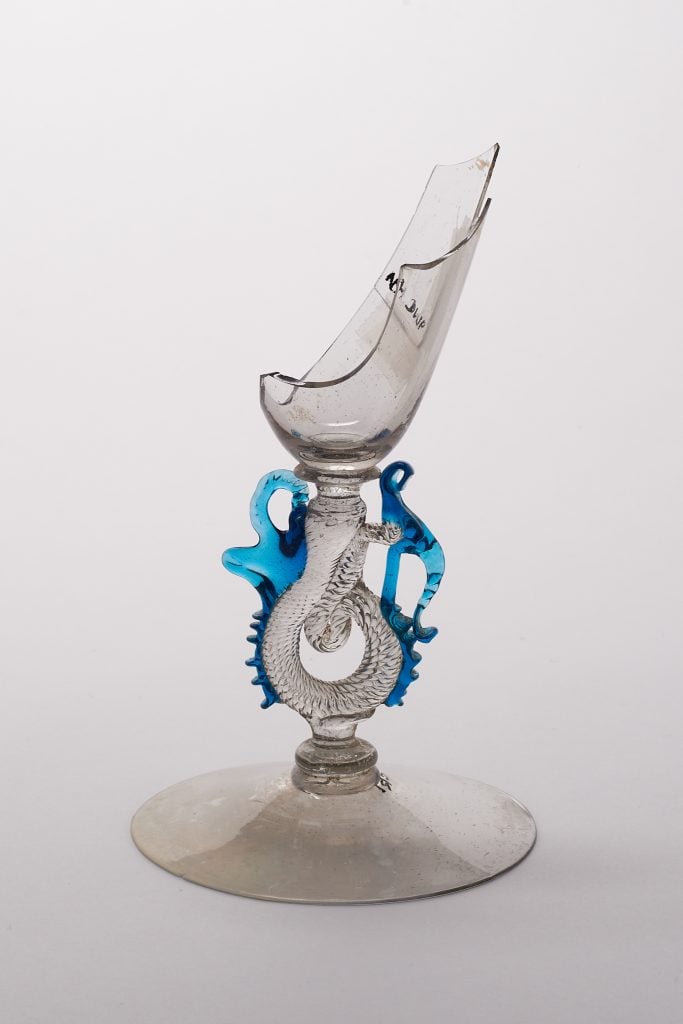
A 17th century Venetian glass goblet. Photo courtesy of National Justice Museum
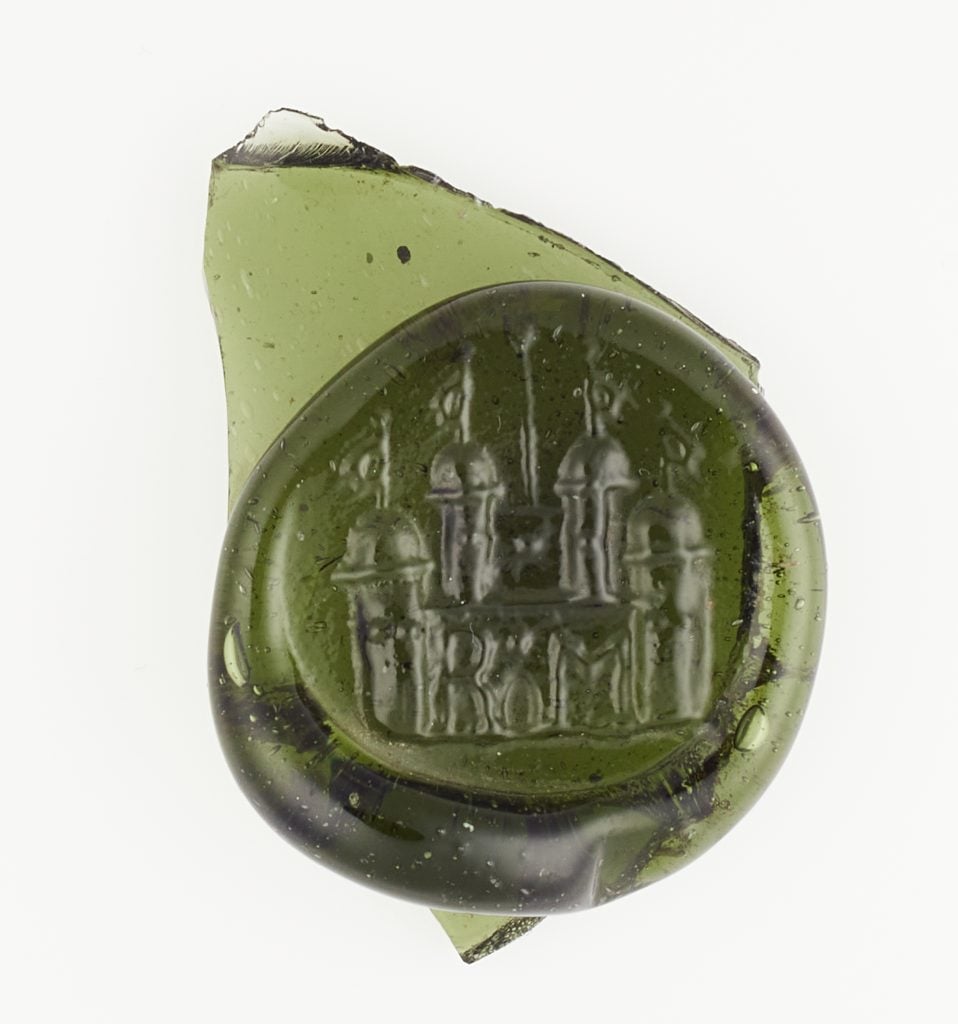
Glass bottle seal with the sign of the Castle Inn. Photo courtesy of the National Justice Museum
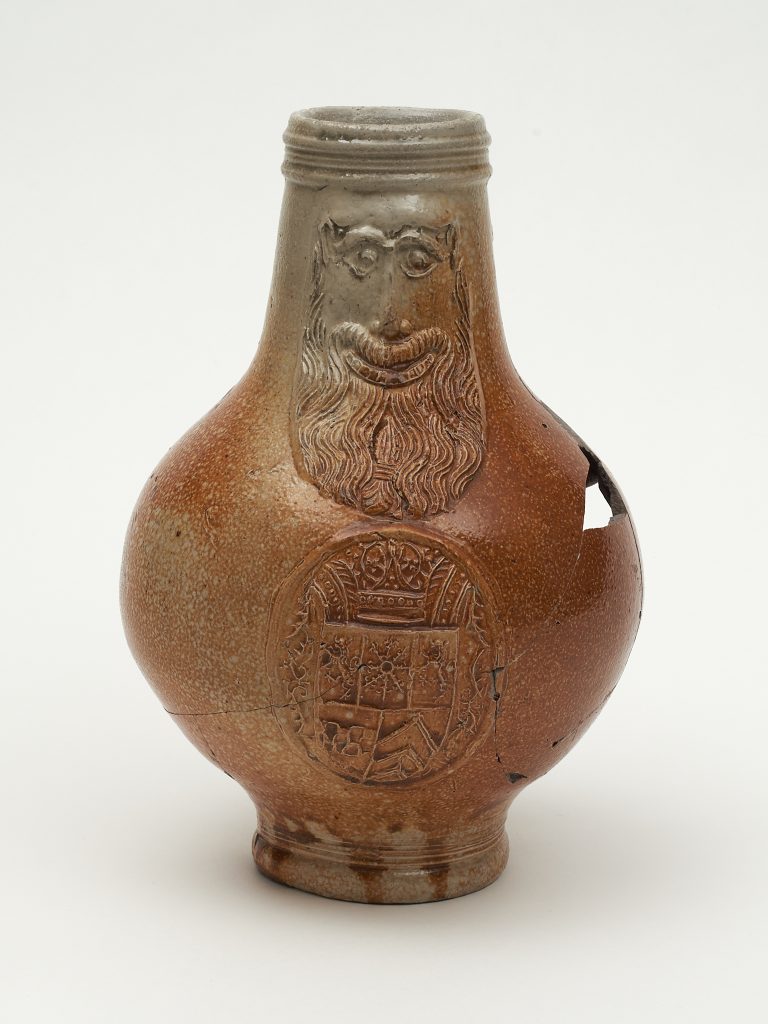
A bearded face jug. Photo courtesy of the National Justice Museum
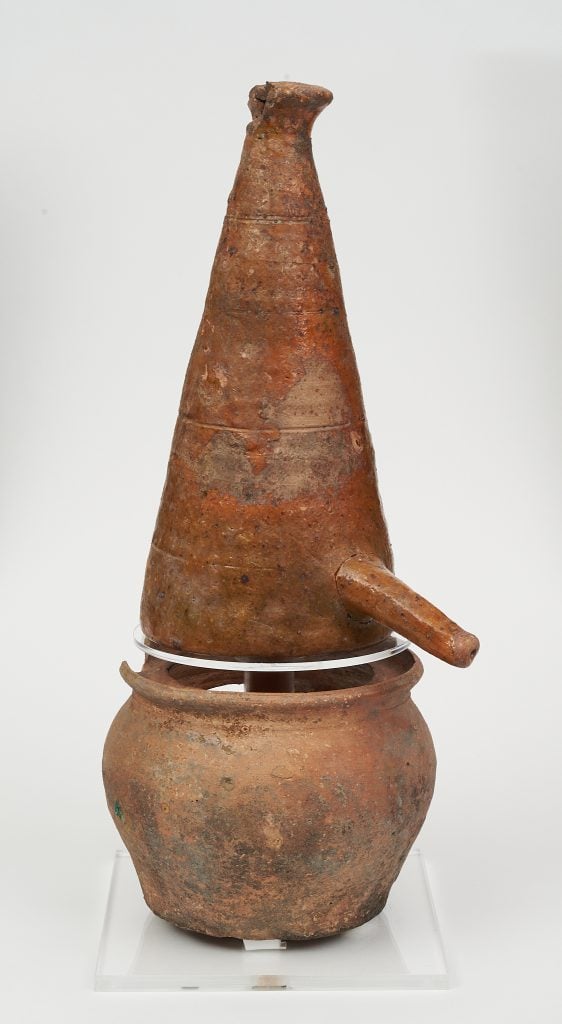
A medieval alembic, or distillation vessel. Photo courtesy of University of Nottingham Museum/Nottingham Historical and Archaeological Society





